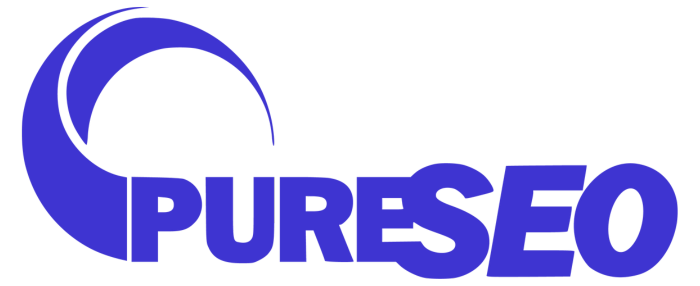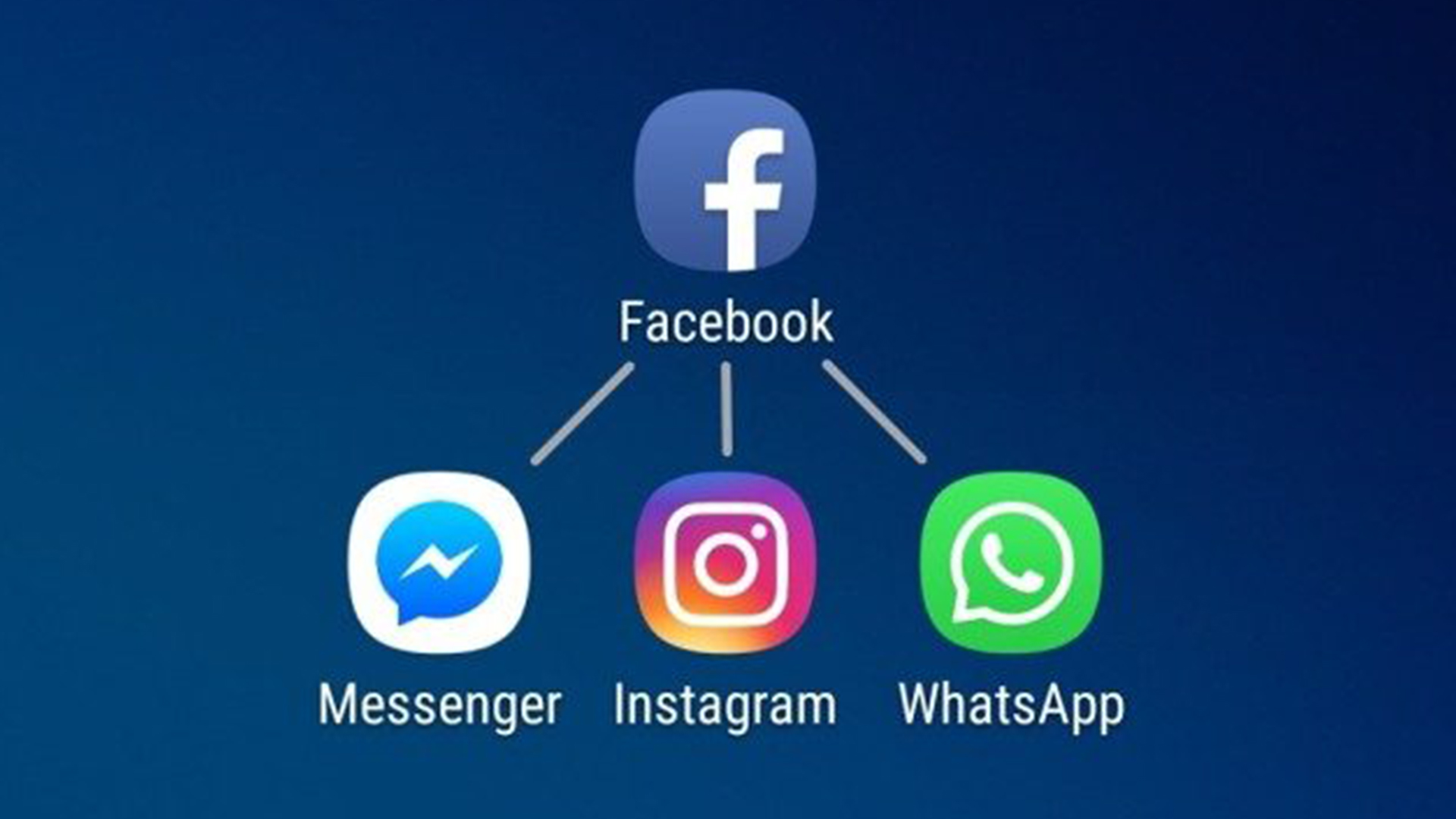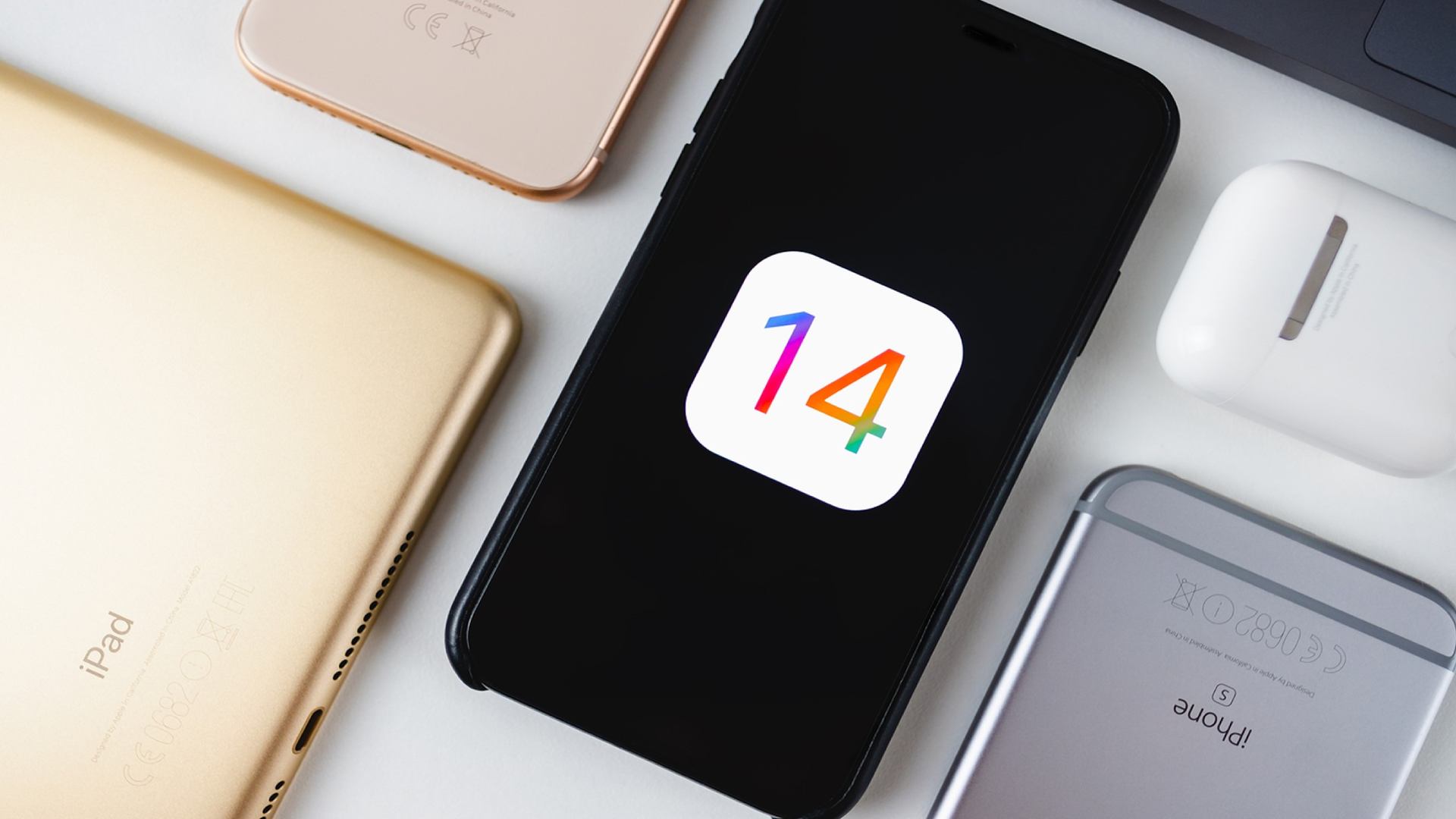Rachel Matela
Rachel is a Filipino Kiwi with a passion for the arts. Having graduated with an Arts Degree in English from UoA, she found writing work at PureSEO as a Junior Copywriter and quickly moved on to the role of Editor. In her spare time, she reads Austen and teaches dance classes in the weekend.

















